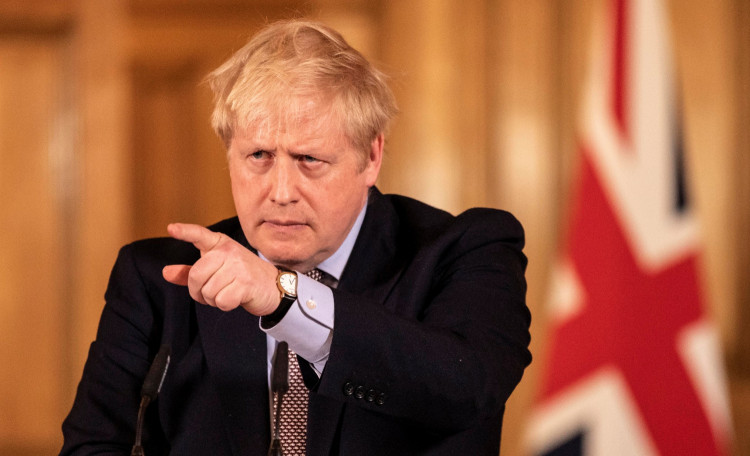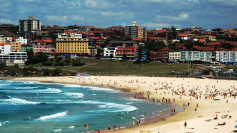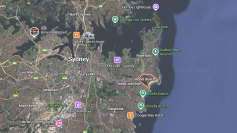The worst is on the horizon for COVID-19 infected British prime Minister Boris Johnson, who on Monday was moved to a hospital intensive care unit (ICU) less than a day after being admitted for what the government claimed were only routine tests.
Johnson was confirmed positive with COVID-19 on March 27. He entered self-quarantine at 11 Downing Street, the prime minister's residence, along with his pregnant girlfriend, Carrie Symonds, who now shows clear symptoms of the disease.
Johnson was admitted to St Thomas' Hospital, which lies across Westminster Bridge from 10 Downing Street, at about 8:00 p.m., British Standard Time, Sunday. He was moved into the ICU the following morning as a precaution should doctors decide to place him on a ventilator (or a breathing machine). Johnson is said to be receiving oxygen to enable him to breathe, an ominous sign.
News from international media outlets such as CNN about the possibility of Johnson going on a ventilator is raising fears about the possibility of Johnson dying. A few weeks ago, New York governor Andrew Cuomo publicly declared 80% of COVID-19 patients in his state that were intubated or attached to a ventilator, died. CNN chief medical correspondent Dr. Sanjay Gupta said the only reason, Johnson would be sent to an ICU is if he needed breathing support.
With Johnson's condition clearly deteriorating, Dominic Raab, the foreign secretary and first secretary of state have been deputized to take-over some of Johnson's duties. Johnson had selected Raab to take his place.
Last week, The Guardian reported Johnson is more seriously ill than either he or his officials want to admit. Downing Street at the time asserted there were no plans for Johnson to be admitted to hospital. But this was late last week.
Doctors are increasingly concerned about Johnson's increasing inability to breathe. Those interviewed by British media said the tests to be given Johnson will assess how Johnson's lungs, heart and other organs are responding to the spreading coronavirus.
On Sunday, Johnson's spokesperson said the prime minister had a "comfortable" night at the hospital and was in "good spirits." On the other hand, some of Johnson's allies no longer described his symptoms as mild.
Johnson, 55, was diagnosed with COVID-19 on March 27 and was to have left self-quarantine on April 3. His spokesman claims Johnson's hospital visit on Sunday was precautionary. Previous to this, Downing Street issued a statement denying Johnson was seriously ill.
"On the advice of his doctor, the prime minister has tonight been admitted to hospital for tests," said a statement from Downing Street. "This is a precautionary step, as the prime minister continues to have persistent symptoms of coronavirus 10 days after testing positive for the virus."
Downing Street kept emphasizing the hospital confinement isn't an emergency admission. It also said Johnson will remain in charge of the government is in constant communication with colleagues and civil servants and still receives briefing papers.
In a tweet, Johnson said he was keeping in touch with his team and thanked staff at the UK's National Health Service for taking care of him.
Dr. Sarah Jarvis, a general practitioner, and broadcaster, told the BBC Johnson will likely have chest X-rays. Johnson's lungs will be scanned, especially if he's been struggling to breathe, which is a common but dangerous symptom of COVID-19.
Dr. Jarvis also said Johnson will have an electrocardiogram to check his heart's function. Doctors will also test the PM's oxygen levels, white blood cell count and liver and kidney function before he's released from the hospital.






